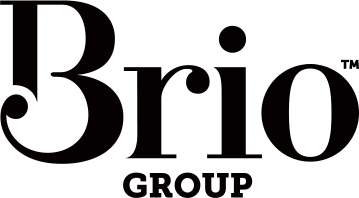The digital revolution: how technology has changed the way we communicate
The digital revolution and changes to the Australian media landscape have changed the ways we communicate, use technology, and make informed buying decisions. The average Australian internet user spends 17.6 hours per week online1; meanwhile, mobile internet usage has almost doubled in the past year2. How has your business kept up with the digital revolution to ensure you’re meeting the needs of your audience?
Is your business keeping up?
According to the Sensis e-business Report Australian small and medium businesses are continuing to adopt a range of digital applications during 2010 including websites, social media marketing and e-commerce activities.
How many digital platforms and initiatives does your business use? From websites, emails, blogs, social media, mobile websites, to webinars, Skype and instant messaging, the way you communicate with your audience and colleagues has no doubt changed over the years. It’s important to keep up to date with what technologies your audience are now using. For example, Australian Facebook 2010 users statistics, according to Facebakers, are:
Number of users on Facebook in Australia: 9 169 220
- Number of male users on Facebook in Australia: 4 119 160
- Number of female users on Facebook in Australia: 4 805 300
- Penetration of Facebook in Australia to population: 43.12 %
- Penetration of Facebook in Australia to online population: 53.83 %
How has technology impacted on the consumer’s decision making?
Never before have we been so connected to the wired world, each other, and the businesses we buy from, thanks to the digital revolution. Power has been placed in the consumer’s hands to make informed buying decisions, exchange information with peers, make purchases on-the-go and shop across multiple channels. This increased use of technology has empowered consumers to become more vocal and demanding about their wants and needs, according to a 2010 IBM global survey of over 32,000 consumers3. Businesses therefore must engage their wired consumers in new and different ways, on their terms, and encourage open communication for feedback and brand and consumer dialogue.
How has the digital revolution changed the way we communicate?
E-books are the new books, webinars are replacing seminars, and schools are introducing iPads. So when will mobile phones take over laptops, and Facebook replace email? According to statistics, it could be in the near future. The e-business Report shows that more than four in 10 Australians used mobile internet, and mainly at home or at work, where they have access to a computer. Meanwhile recent figures4 reveal that email usage has dropped by 28% between June 2009 and June 2010, while social networking use increased by 43% over the same time.
What does this mean for your business?
Never before have your website and digital marketing activities been so important. Ask yourself how your audience has changed the way they communicate during the digital revolution. And now, how do you communicate to them? How is your brand represented online? How have you been using brand-to-consumer dialogue and feedback to better market your business? Is a website enough…?
Despite Australian businesses embracing new digital applications, Sensis has reported that most companies do not have a digital strategy to align these activities with their business objectives and marketing plans. Meanwhile a Sitecore webinar in October 2010 reported that 60% of businesses do not have a social media strategy, and 70% of marketers simply do not have the time to produce one.
Without a connected marketing strategy, businesses are possibly not getting the best return on their digital investment. To embrace the digital revolution and ensure your business’s digital marketing efforts pay off, a digital strategy is vital.
How have you changed the way you communicate to your target market?
Yours in digital marketing,
Julia

